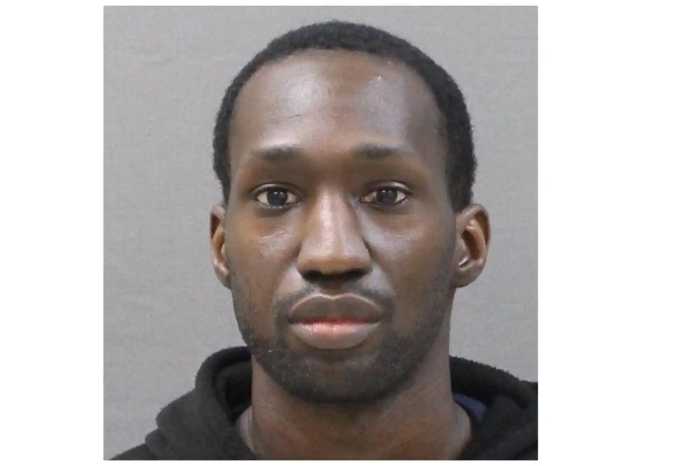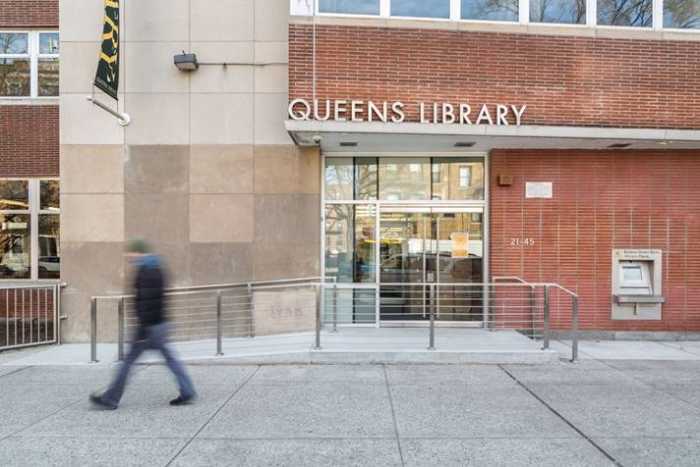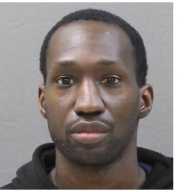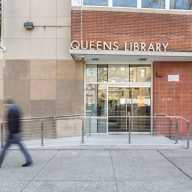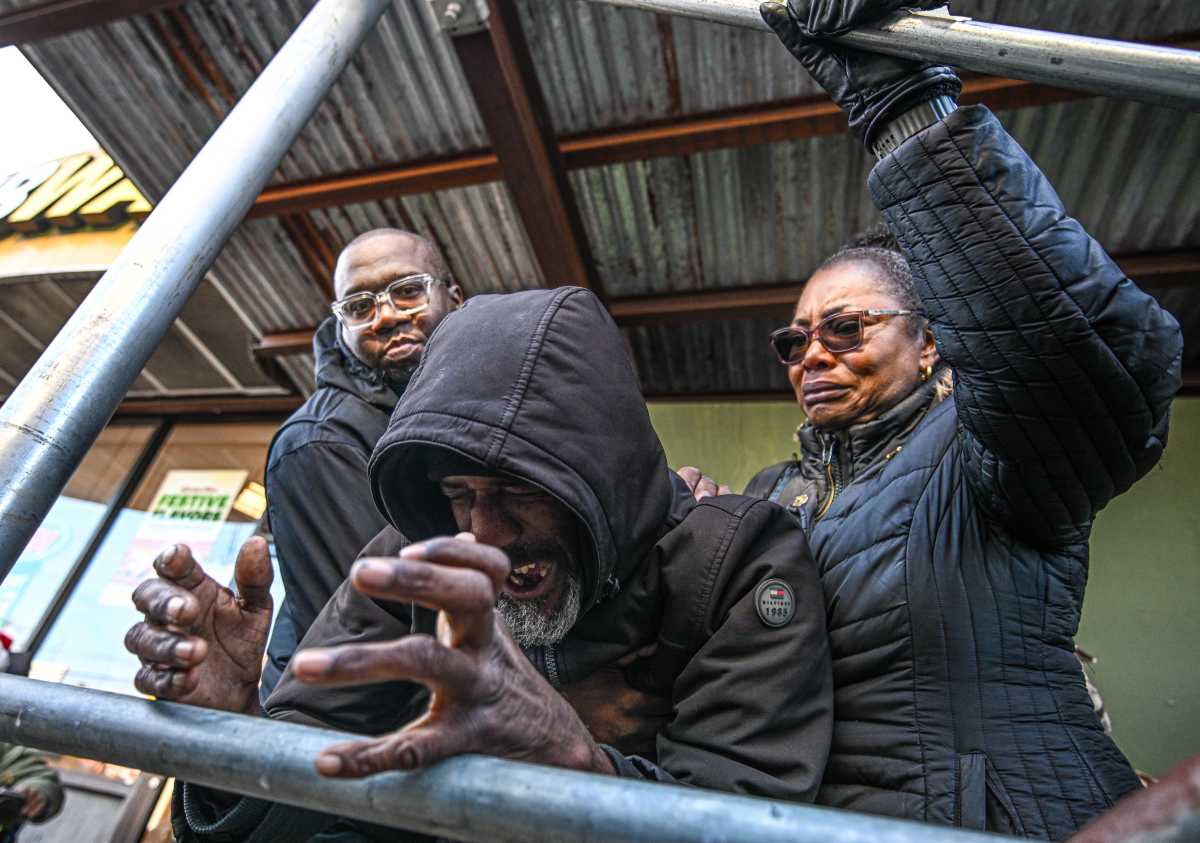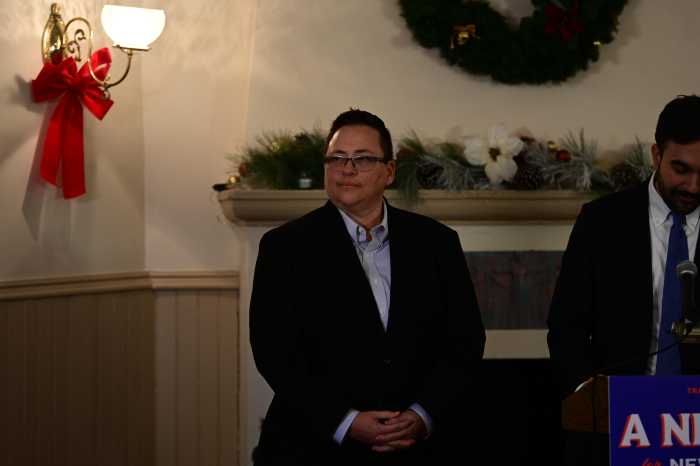Concerned Parents Speak Out In Ozone Pk.
Schools Chancellor Dennis Walcott and other officials with the city’s Department of Education (DOE) got an earful from parents concerned about proposed changes to special education programs during a town hall meeting hosted by District 27′s Community Education Council (CEC 27) last Tuesday night, May 15, at M.S. 137 in Ozone Park.

Walcott and Shona Gibson, the DOE’s executive director of operations, fielded questions from attendees regarding the department’s plan to make criteria changes that will allow more special education students to be included in regular classrooms.
“What we’re doing is not specific to your district,” Walcott told a CEC 27 member, explaining that the program is “a citywide initiative to match up schools with students who meet their criteria.” The DOE is encouraging each school to have inclusive classes with special education students if such classes do not already exist.
“Some schools have very few, if any, classes with special education students,” he said. “We felt it is important to have equal distribution.”

Gibson elaborated further, stating that the DOE’s plans allows students with individual education plans (IEP) to have “the same access to schools that their brothers and sisters without an IEP would have.” These plans are generally administered to students who have learning or physical disabilities to ensure that they receive a full education.
The proposed changes to enrollment and budgeting policies are being made “so that schools will be able to serve students with disabilities in a more thoughtful manner and to allow schools to integrate children with disabilities,” Gibson added.
“There is the perception that special education students take away from the general and gifted and talented population, but that is not the case,” she stated. “These (special education) children are already a part of our community. The difference is they’re not going to ga school down the road because it matches with their IEP. They should have the services and the curriculum to allow them to achieve, graduate and have careers.”
Schools which include more special education students into standard classrooms have performed better, Walcott said. He noted that he recently visited one school which “had such a blended model” and found that the students and teachers were working well together and learning.
“That’s the goal we’re trying to achieve,” he said, “a school that was just clicking with its population and students thriving off of each other.”
Turning to other topics, CEC 27 member Janice Wilson asked Walcott about increasing physical education in public schools, pointing out that many students only have one 40- minute period of gym every week.
“Growing up, a lot of us remember having gym three or four times a week,” Wilson said.
Calling himself “a big believer in fitness,” Walcott stated that set phys- ical education periods are the result of “individual blocking of schedules” as established by school principals. In the interim, he noted that the DOE has a number of programs underway to improve the overall health of students, such as providing healthier, low-calorie foods and beverages in lunch rooms.
Deputy Chancellor Kathleen Grimm elaborated further, stating that the department is “working with all of our schools and encouraging them to meet physical education requirements.” For schools where gym space is lacking, she noted that the DOE has launched initiatives to have fitness programs in the classroom without using gym equipment.
Grimm also invited schools to form a Wellness Committee focused on expanding physical education and health programs at individual institutions.
Joshua Hirschman, CEC 27 treasurer, told Walcott that many middle schools in the district are currently overcrowded and asked if something could be done to alleviate the conditions. The chancellor invited the district council to meet with the DOE’s Office of Portfolio Development to consider ways to expand middle school space in the district, including examining classroom utilization levels.
“We made a commitment last year, and reaffirmed it this year, to have 50 new middle schools in place in New York City” by the end of Mayor Michael Bloomberg’s term in 2013, Walcott said. “We’re very aggressive as far as looking at the development of new middle schools across the city.”
Coralanne Griffith-Hunte, CEC 27, pressed Walcott about waiting lists which some parents have had to join in the hope of enrolling their child into the kindergarten program of their choice.
The chancellor stated that while there are waiting lists at a number of schools “in high demand,” normally that number diminishes to the point where most children on the list are admitted into the school of their parent’s choice in September.
“There are some cases in which the parent may not get their original request, but most times, they do,” he cautioned. “Very rarely do we have cases where, by the end of june, that wait list has not been addressed.”
Michele Lloyd-Bey, District 27’s community superintendent, acknowledge that “we’re overcrowded in pockets, and in other pockets, we have underutilized schools.” She stated that she has been working with the DOE’s Office of Portfolio Development “to identify schools” with entry waiting lists and is reaching out regularly to principals about potentially available seats.




